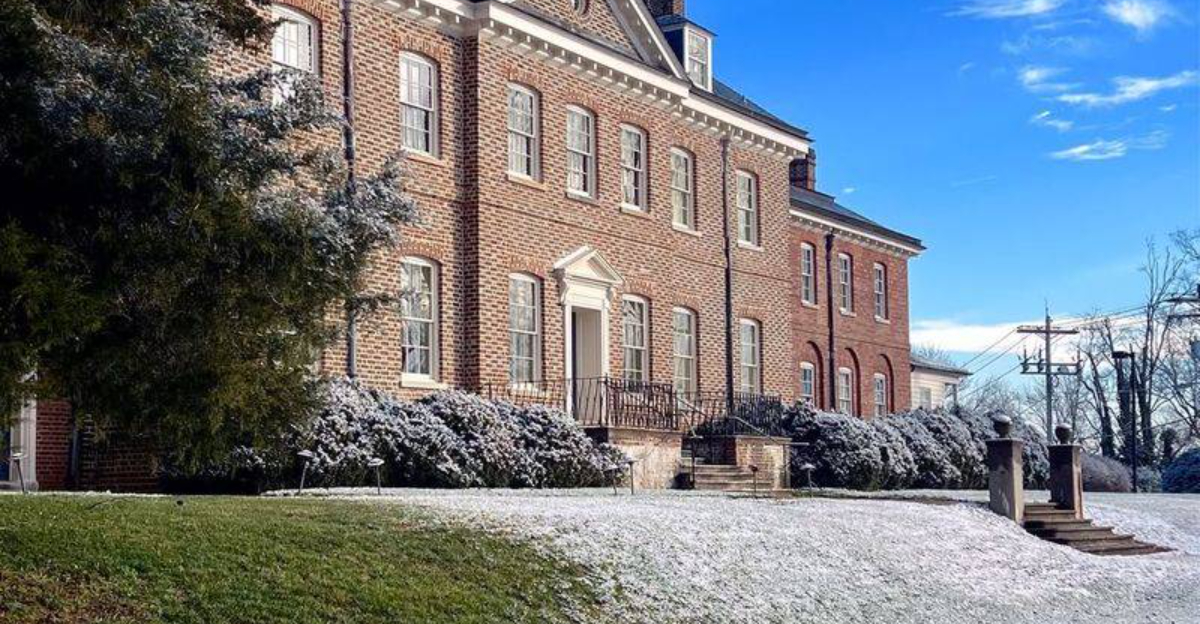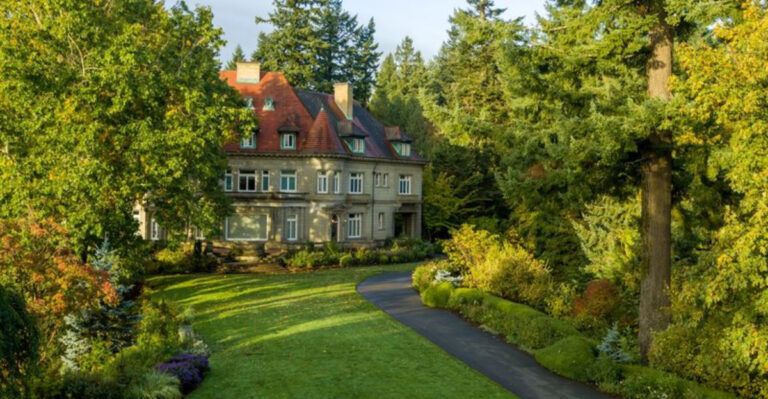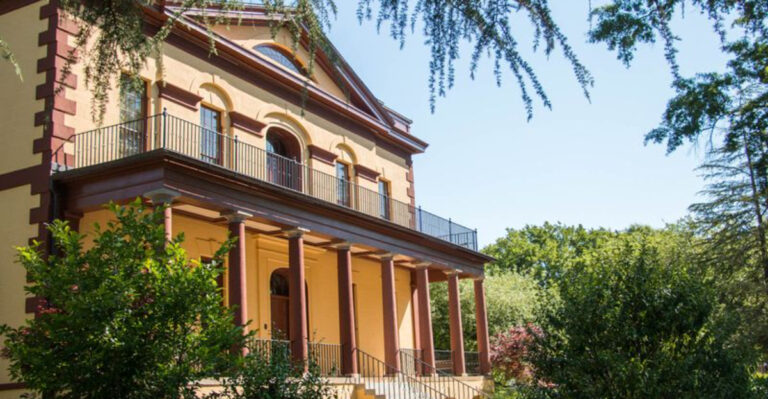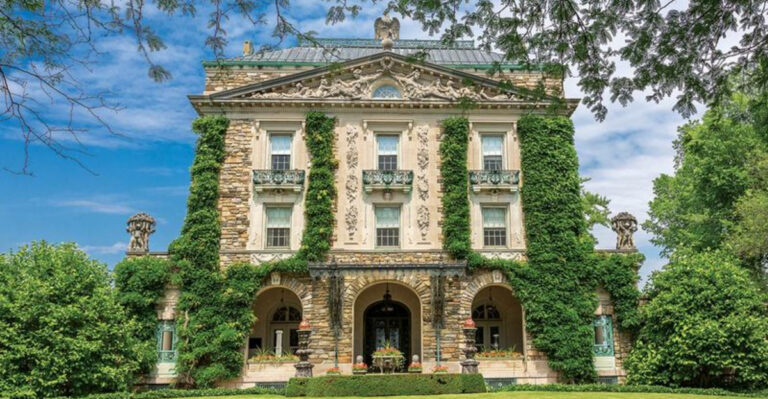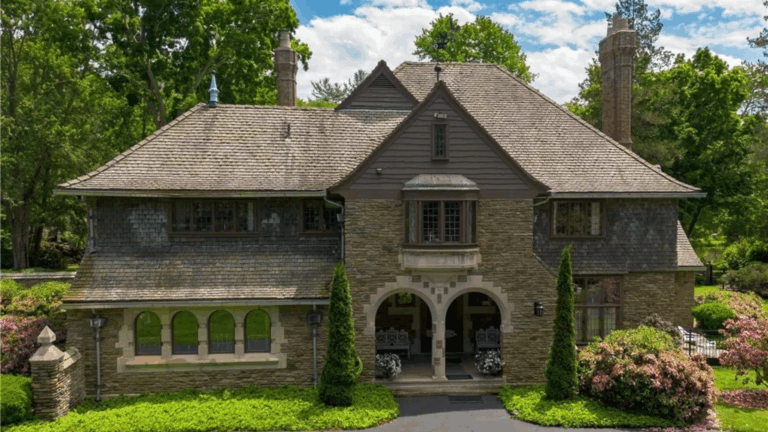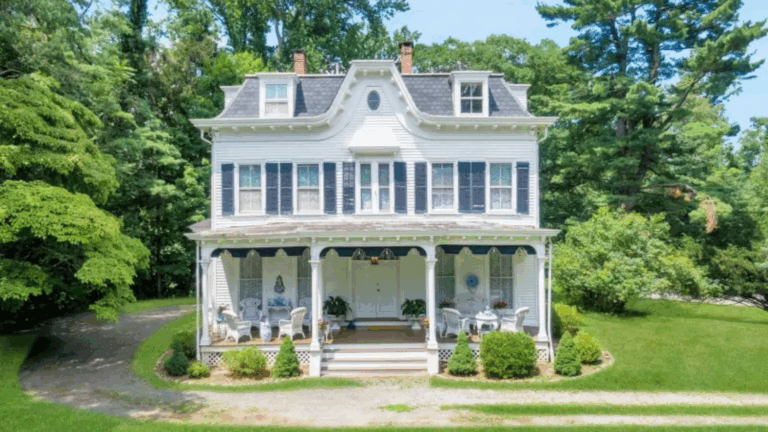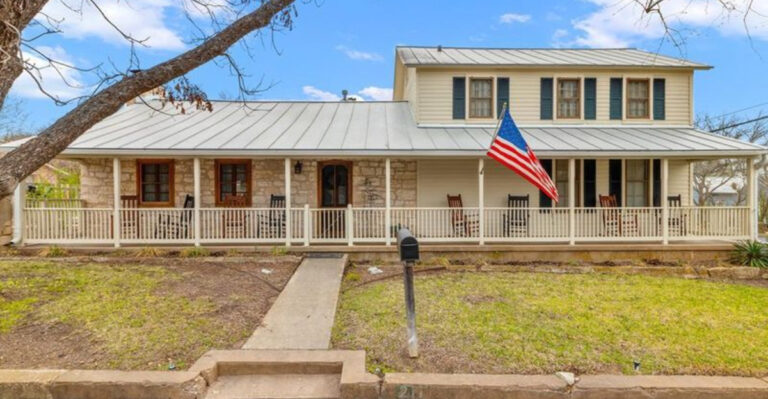20 Historic Maryland Homes Are Worth Millions
Maryland is home to some of the most architecturally stunning and historically significant estates in the United States. These homes not only reflect the rich cultural heritage of the state but also stand as testaments to the wealth and influence of their original owners.
Each home is a masterpiece, featuring unique designs, fascinating histories, and a legacy that continues to captivate today. Here, we explore 20 such homes, each worth millions, showcasing their grandeur, historical importance, and enduring appeal.
1. Hammond-Harwood House
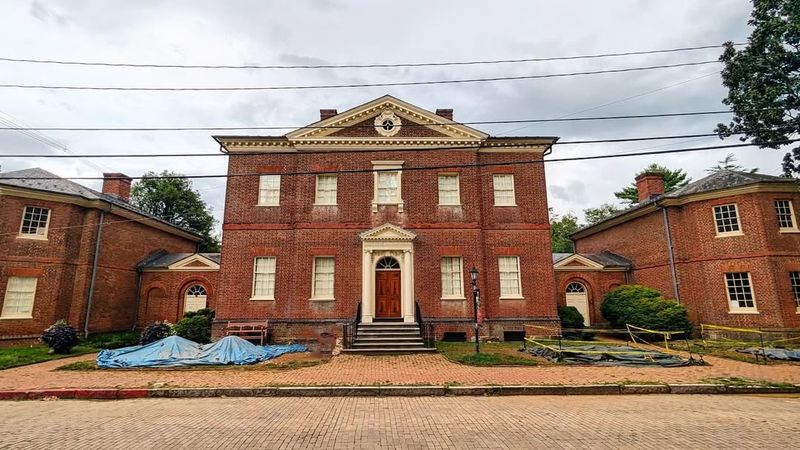
The Hammond-Harwood House in Annapolis is a Georgian masterpiece with Palladian windows and a grand portico. Built in 1774 by architect William Buckland, it exemplifies colonial elegance. Owned by Matthias Hammond, a notable Maryland planter, it played a significant role in the state’s social scene.
The carved woodwork and period furnishings are standout features. Today, it’s preserved as a museum, offering a glimpse into 18th-century life. Its gardens and architecture contribute to its multimillion-dollar value, as does its prime location.
2. Homewood Museum
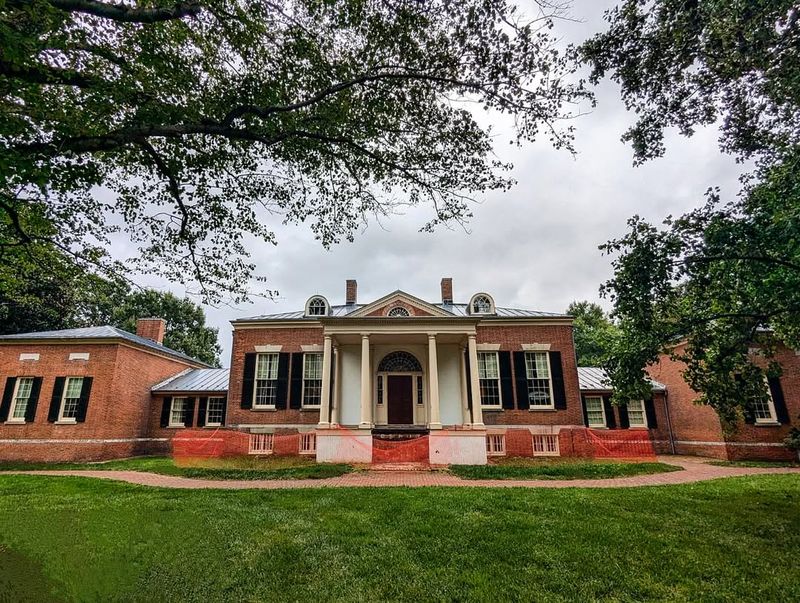
Located on the Johns Hopkins University campus, Homewood Museum is a Federal-style gem. Built in 1801 by Charles Carroll Jr., it reflects the Carroll family’s wealth and influence. Its neoclassical design includes elegant cornices and plasterwork.
The home is renowned for its role in Maryland’s social history, hosting gatherings of political and cultural significance. Now a museum, Homewood’s beautifully landscaped grounds and preservation of original features make it a multimillion-dollar treasure, offering insights into early American aristocracy.
3. Evergreen Museum & Library
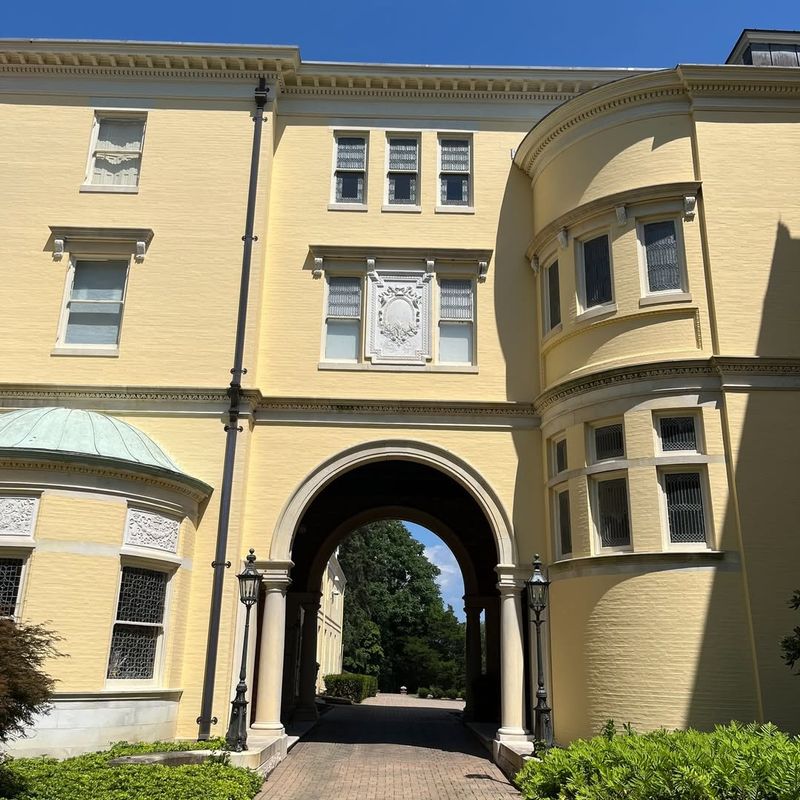
Evergreen Museum & Library in Baltimore is a Gilded Age mansion blending various architectural styles. Once home to the Garrett family, it features an eclectic mix of design elements, from Tiffany stained glass to Asian art.
The mansion’s library, housing rare collections, underscores its cultural impact. Today, it functions as a museum with lush gardens, reflecting the Garretts’ legacy. Its architectural beauty, art collection, and historical significance contribute to its multimillion-dollar status, making it a cultural beacon in Maryland.
4. Mount Clare Museum House
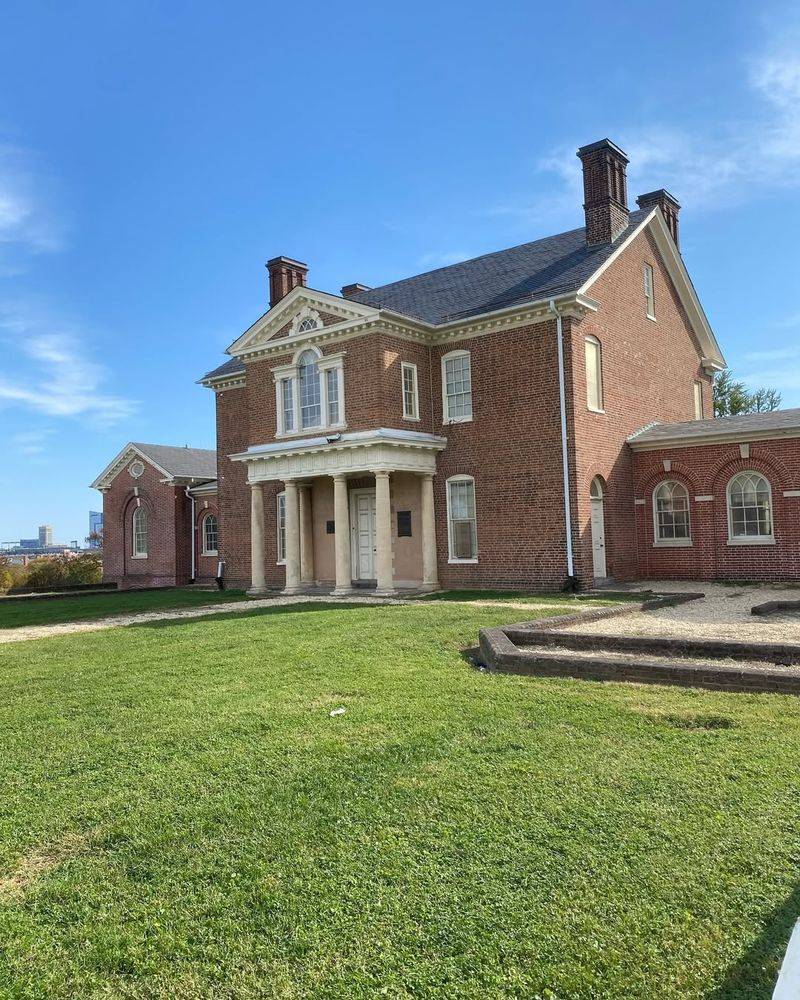
Mount Clare Museum House in Baltimore stands as a fine example of colonial plantation architecture. Built in 1760 for Charles Carroll, Barrister, its brick façade and symmetrical design are striking. The home played a vital role in Maryland’s colonial history, serving as a social and agricultural hub. Its restored interiors and period furnishings attract history enthusiasts.
Now part of Carroll Park, it offers views of expansive parkland. The combination of historical significance and preserved beauty ensures its place among Maryland’s multimillion-dollar homes.
5. Cromwell Valley Park Mansion
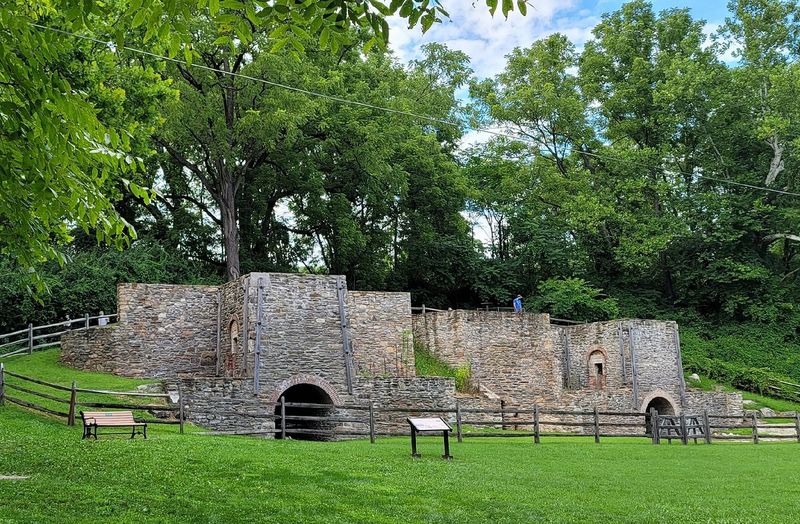
Cromwell Valley Park Mansion is a historical gem situated in the heart of a picturesque park. Known for its colonial architectural features, the mansion boasts a charming façade with elegant columns and wide, welcoming verandas.
The interior is just as captivating, with beautifully preserved woodwork and period furnishings that transport visitors back in time. The mansion’s location within a sprawling park offers ample opportunities for outdoor exploration and leisure.
This mansion not only serves as a historic landmark but also as a community hub, hosting events and educational programs that celebrate its rich heritage and natural beauty.
6. Wye House
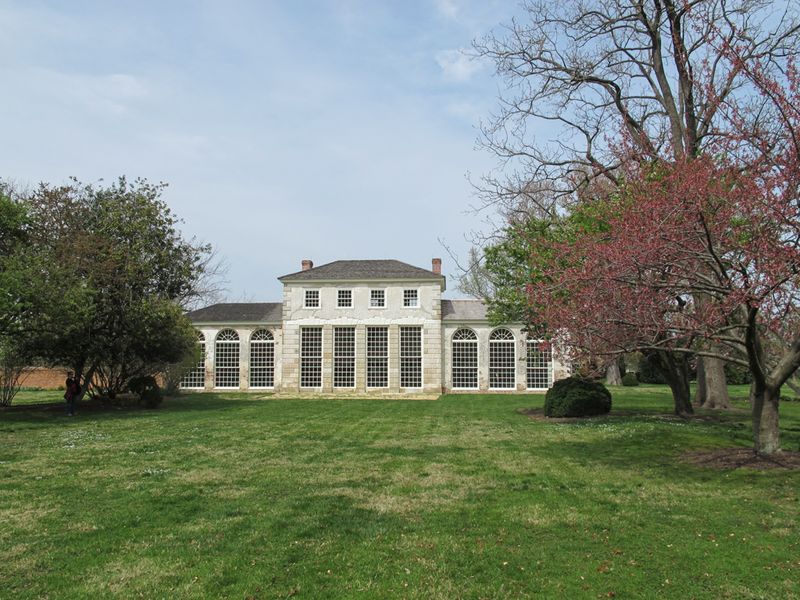
Wye House, a plantation home near Easton, showcases early American architecture with its Palladian influences. Built in 1781 by the Lloyd family, it has deep historical roots, including ties to Frederick Douglass. The estate’s agricultural history and elegant interiors are noteworthy.
Its lush gardens and historical significance enhance its value. Remaining a private residence, Wye House is a symbol of Maryland’s past, reflecting the wealth and influence of its original owners and its enduring cultural impact.
7. Belair Mansion
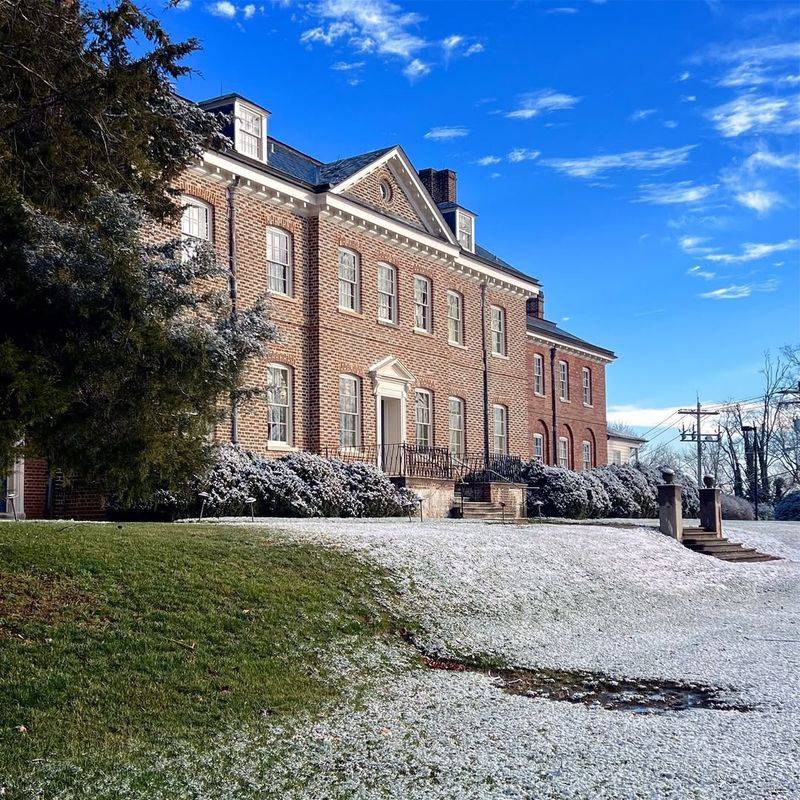
Belair Mansion in Bowie is a Georgian-style estate with a storied past. Constructed in 1745 by Governor Samuel Ogle, it was a center of political and social activity. The architecture features a refined brick façade and elegant interiors. Its role in Maryland’s equestrian history, particularly the Belair Stud, adds to its allure.
Now a museum, it preserves the legacy of its influential inhabitants. The mansion’s historical significance and restored beauty contribute to its multimillion-dollar value, celebrating Maryland’s rich heritage.
8. William Paca House
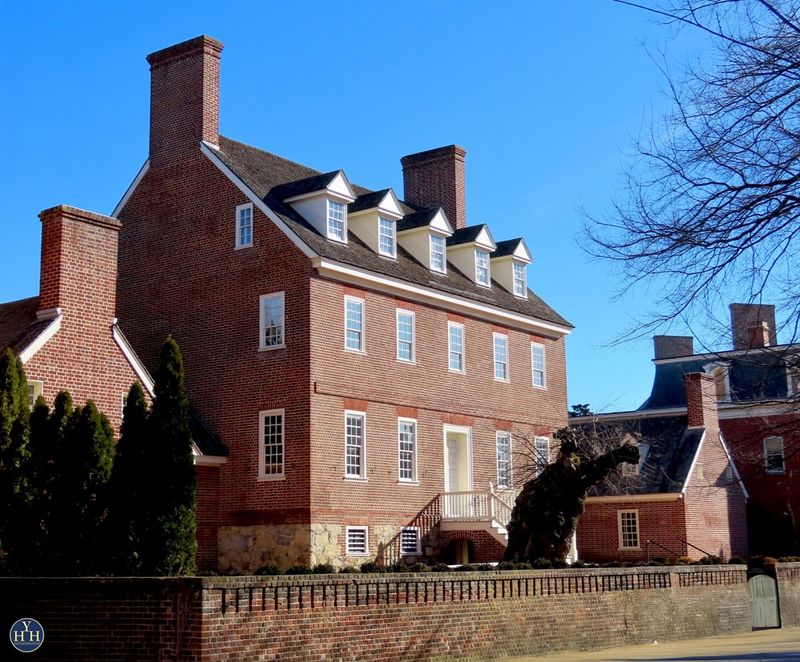
The William Paca House in Annapolis is a colonial architectural jewel. Built in 1765 by signer William Paca, its façade and terraced garden capture colonial elegance. The home was pivotal in Maryland’s political history, hosting significant events.
Its restoration and garden are exceptional, offering a window into 18th-century affluence. It showcases Maryland’s revolutionary past and is now a lovely museum.The combination of its historical importance and preserved beauty make it a valuable cultural asset, reflecting the wealth and prestige of its era.
9. Cylburn Mansion
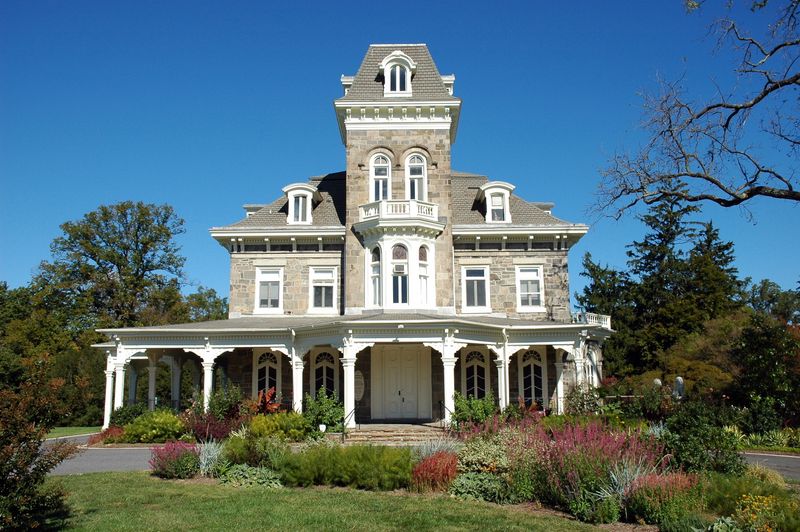
Cylburn Mansion in Baltimore is a striking example of Victorian architecture, featuring ornate woodwork and expansive windows. Built in 1863 for Jesse Tyson, it later became a public park. The mansion’s design reflects the opulence of the Victorian era, while the surrounding arboretum adds natural beauty.
Its transformation into a public space underscores its cultural value. Cylburn Mansion’s architectural charm and historical significance solidify its place among Maryland’s treasured homes, embodying the grandeur and elegance of its time.
10. Riversdale House Museum
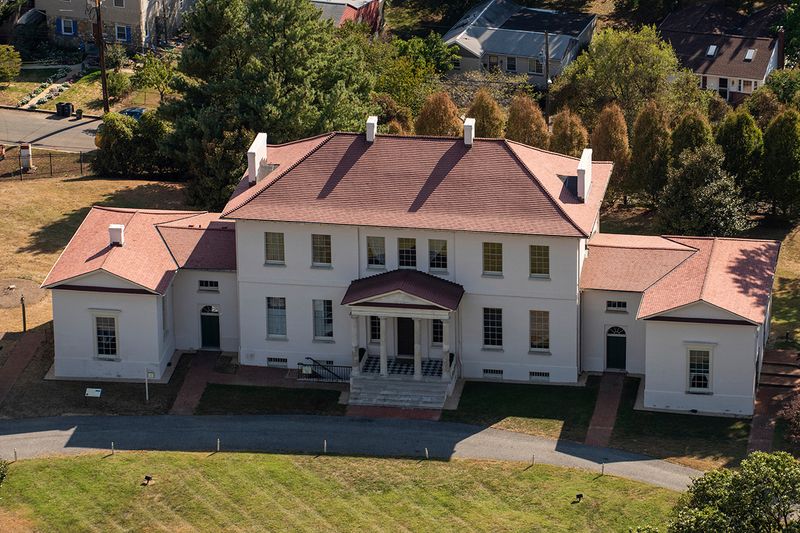
Riversdale House Museum in Riverdale Park showcases early 19th-century elegance with Flemish bond brickwork and classical design. Commissioned by Belgian émigré Henri Stier, it reflects European influences. The estate’s historical prominence includes ties to Rosalie Stier Calvert, a key social figure.
Its cultivated gardens and preserved interiors attract visitors. Now a museum, Riversdale maintains its historical integrity, offering insights into Maryland’s aristocratic past. Its architectural beauty and rich history make it a valuable asset, celebrated for its cultural and social impact.
11. B&O Ellicott City Station Museum

The B&O Ellicott City Station Museum is a testament to historic railroad architecture. Built in 1830, it’s the oldest surviving railroad station in America, showcasing the dawn of the railway era. Its architecture includes period-specific details, evoking the industrial revolution.
The museum houses vintage locomotives and offers a glimpse into transportation history. Its preservation as a museum highlights its significance in Maryland’s economic development. The station’s historical importance and unique charm contribute to its place as a multimillion-dollar landmark, reflecting Maryland’s industrial heritage.
12. Liriodendron Mansion

Liriodendron Mansion in Bel Air is a Georgian Revival estate with classic charm. Built in 1898 by Dr. Howard Kelly, a Johns Hopkins founder, it features elegant interiors and period details. The mansion’s role as a social hub for Baltimore’s elite enhances its historical value.
Now a cultural center, its extensive gardens and architectural beauty attract visitors. Liriodendron’s preservation and cultural contributions make it a cherished part of Maryland’s history, celebrated for its elegance and historical significance, embodying the grandeur of its era.
13. Rocky Point Manor
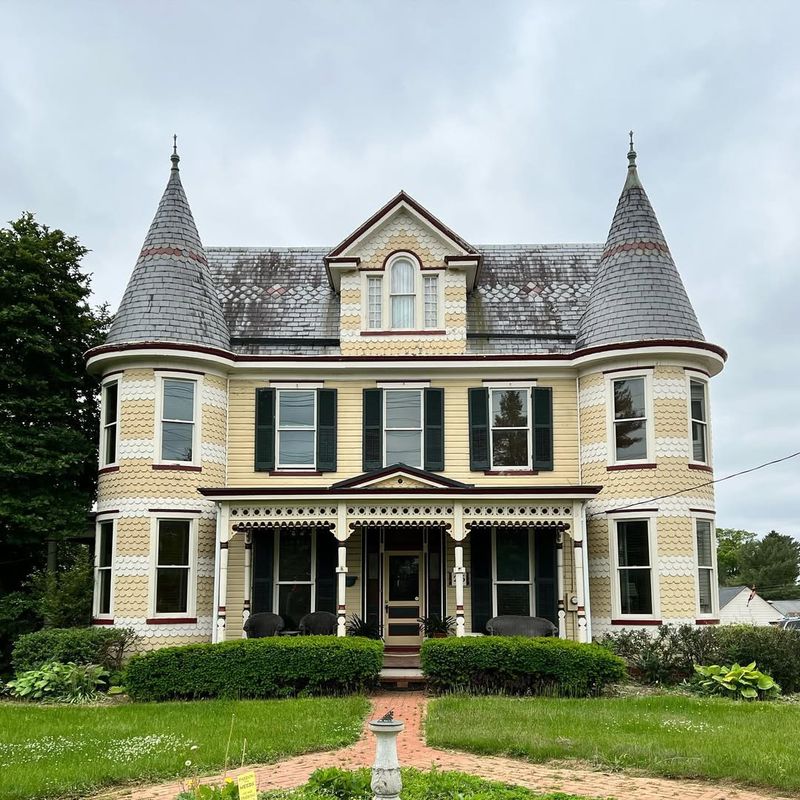
Rocky Point Manor in Essex is a colonial manor house with a rich history. Built in the 18th century, it overlooks the Back River, offering stunning waterfront views. The manor’s historical significance includes its role in local maritime history.
Its architecture features colonial elements, while the surrounding land highlights its scenic beauty. As a private residence, Rocky Point Manor’s charm and historical legacy make it a coveted property. Its unique waterfront location and preserved elegance contribute to its multimillion-dollar value.
14. Brice House
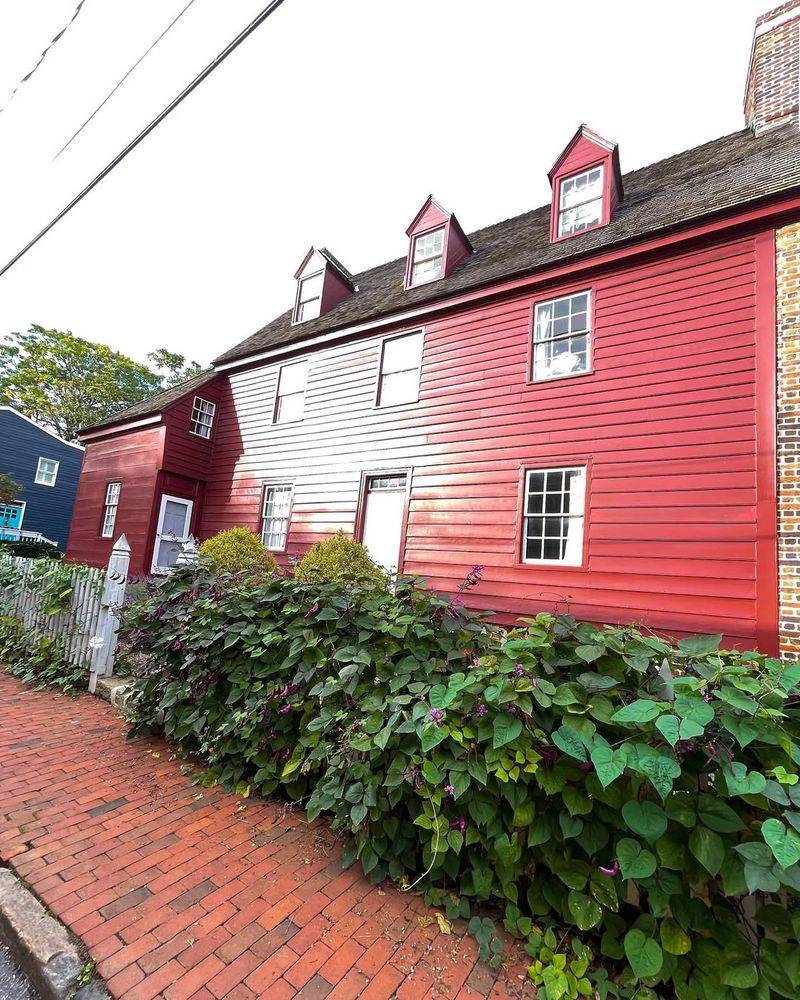
Brice House in Annapolis is a colonial architectural gem known for its grand scale and refined interiors. Built in 1767 by James Brice, it exemplifies colonial elegance with its brick façade and intricate woodwork. The home played a significant role in Maryland’s political history, hosting prominent figures.
Its restoration preserves its architectural integrity, offering a glimpse into 18th-century affluence. Now a historical landmark, Brice House’s beauty and historical importance make it a valuable cultural asset, reflecting the wealth and prestige of its era.
15. Woodlawn Manor
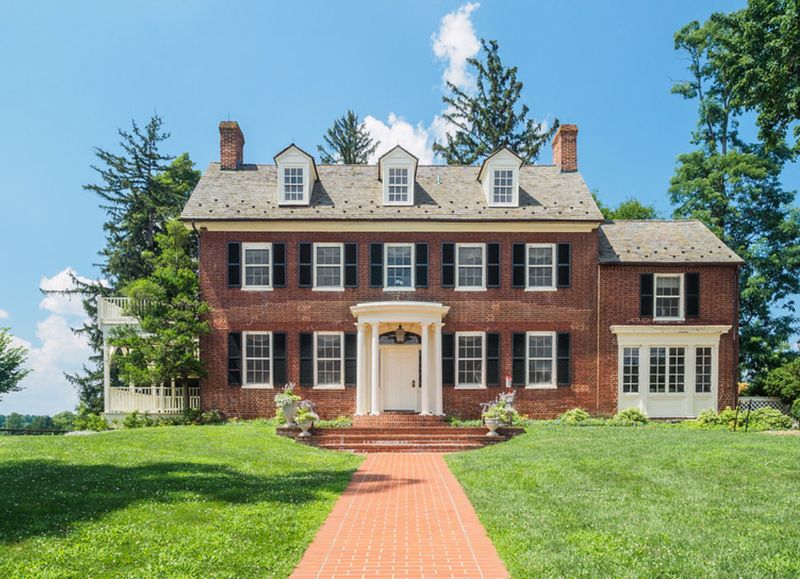
Woodlawn Manor in Sandy Spring is a Federal-style estate with deep historical roots. Built in the early 19th century, it played a role in the Underground Railroad, reflecting Maryland’s abolitionist history. Its architecture includes classical elements and restored interiors.
The surrounding park offers trails and insights into its past. A part of a cultural park, Woodlawn Manor’s historical significance and preserved beauty make it a cherished asset, celebrated for its contribution to Maryland’s history and its role in the fight for freedom.
16. Oaklands Mansion
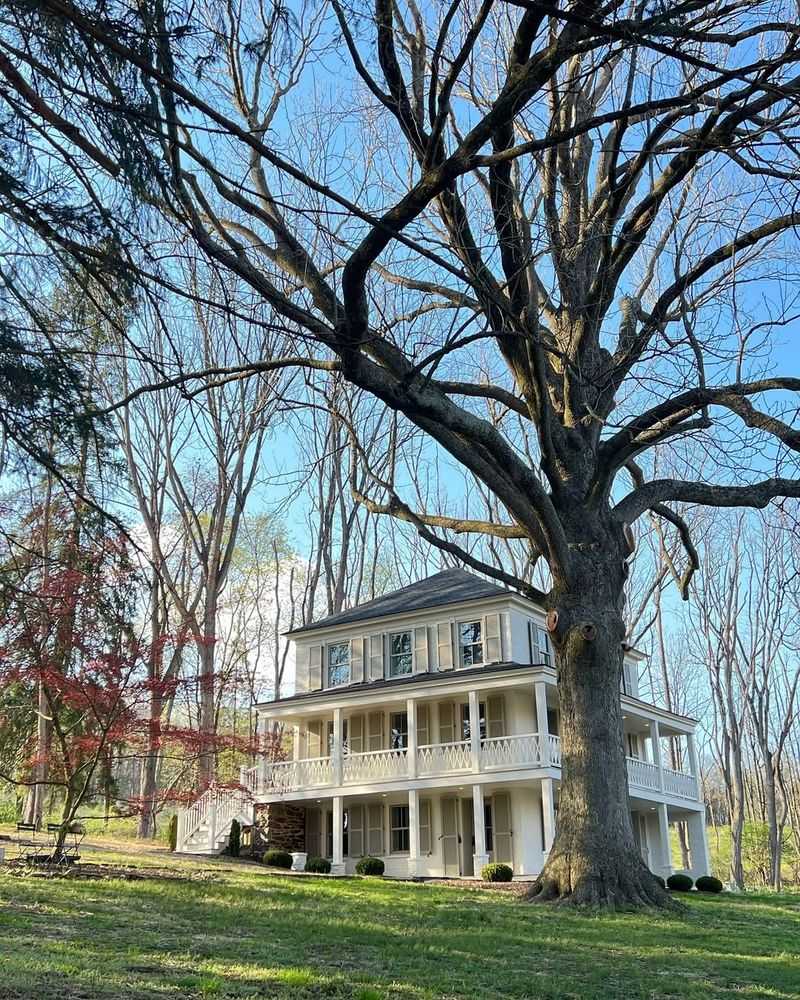
Oaklands Mansion in Laurel is an antebellum estate with a storied past. Built in the early 19th century, its architecture features Greek Revival elements and grand interiors. The mansion played a role in Maryland’s social and agricultural history.
A private residence, Oaklands’ historical significance and architectural charm make it a valuable property. Its contribution to Maryland’s history and its elegant design reflect the grandeur and legacy of its era.
17. Chase-Lloyd House
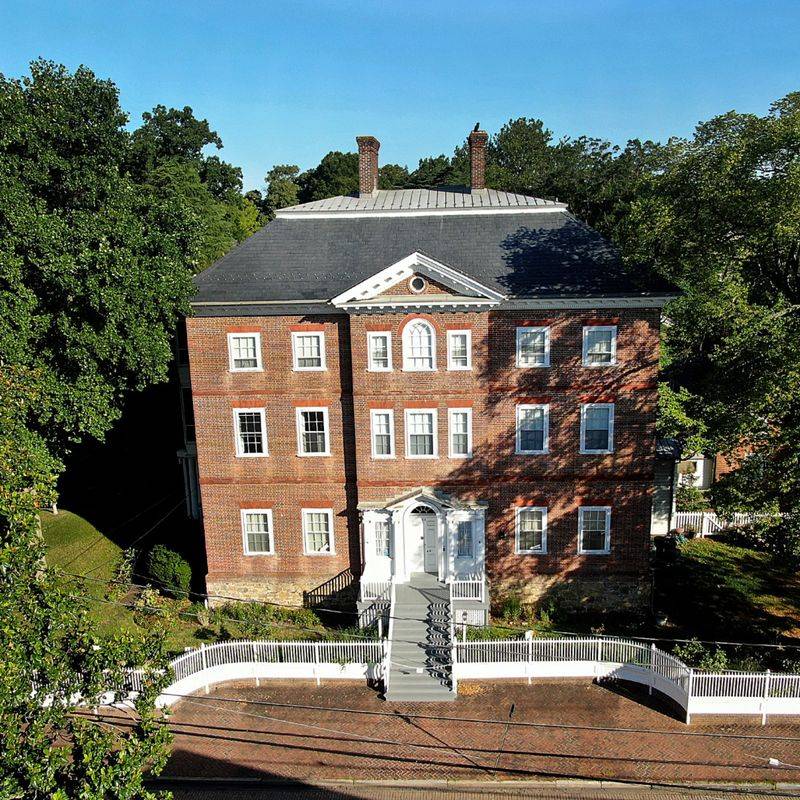
The Chase-Lloyd House in Annapolis is a Georgian architectural masterpiece. Built in 1769 by Samuel Chase, its design includes a striking façade and elegant interiors. The home was pivotal in Maryland’s political and social history, hosting notable figures.
Now a historic landmark, the Chase-Lloyd House’s beauty and cultural impact make it a cherished asset, reflecting the wealth and influence of its era. Its preserved charm and historical legacy continue to captivate visitors.
18. Benson-Hammond House

The Benson-Hammond House in Linthicum Heights is a Greek Revival gem. Built in the mid-19th century, its architecture features classical elements and restored interiors. The home’s history is tied to Maryland’s agricultural past, serving as a farmstead.
Now a museum, the Benson-Hammond House’s historical significance and architectural beauty make it a valuable cultural asset, celebrated for its contribution to Maryland’s heritage and its elegant design.
19. Sotterley Plantation
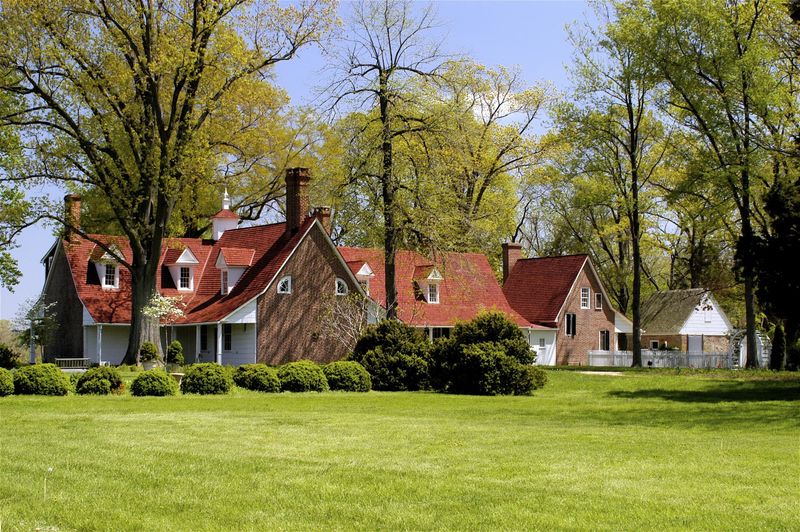
Sotterley Plantation in Hollywood, Maryland, is a colonial estate with deep historical roots. Built in the early 18th century, its architecture includes colonial and Federal elements. The plantation’s role in Maryland’s agricultural and social history is significant, with connections to slavery and emancipation.
Sotterley’s historical significance and architectural beauty make it a valuable cultural asset, reflecting Maryland’s complex history and its enduring legacy in the fight for freedom.
20. Tudor Place
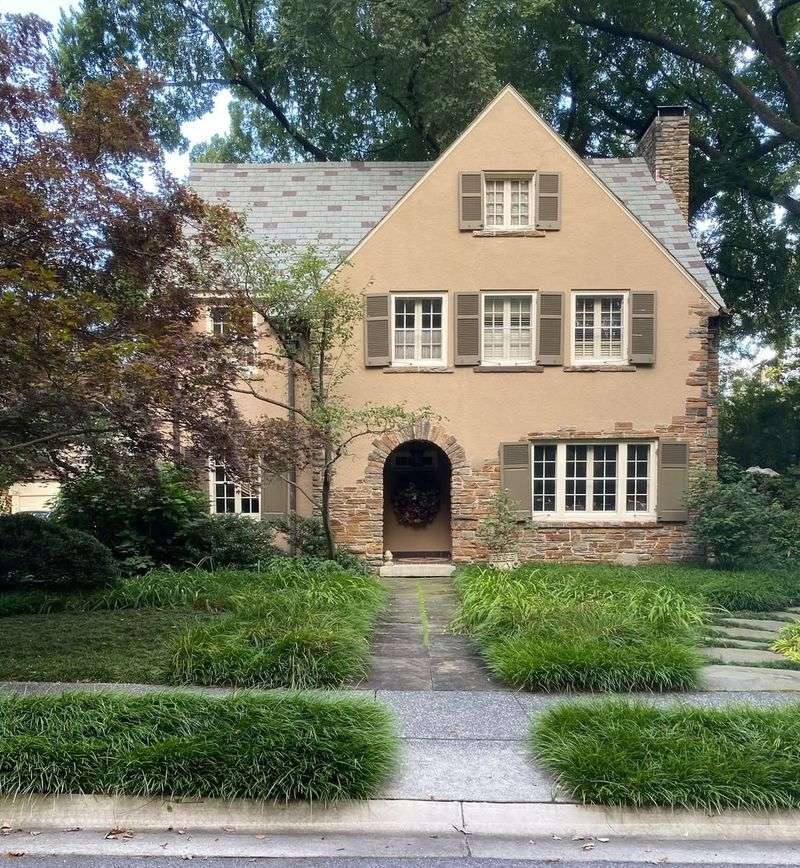
Tudor Place in Washington D.C. is a Federal-style mansion with a rich history. Built in 1816 by Martha Custis Peter, a granddaughter of Martha Washington, it features elegant interiors and period furnishings. The mansion played a role in the nation’s social and political history.
Serving as a museum, Tudor Place’s beauty and cultural impact make it a valuable asset, celebrated for its connection to American history and its architectural charm.
21. Rose Hill Manor
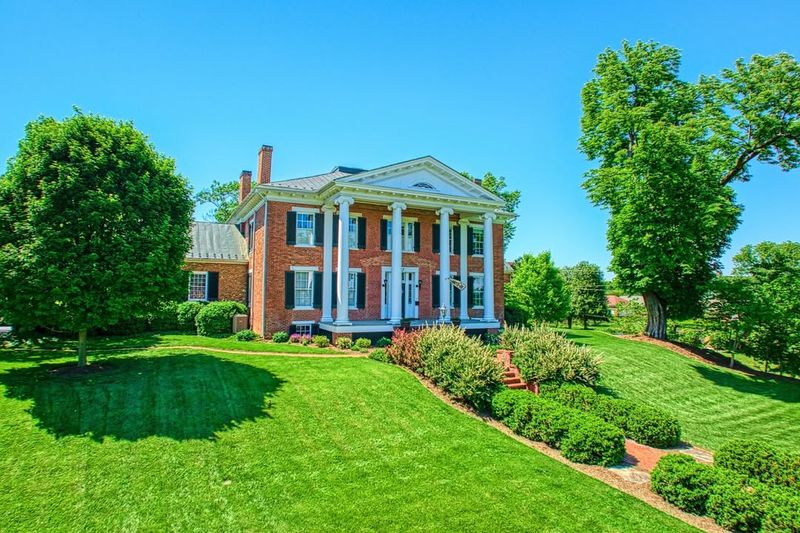
Rose Hill Manor in Frederick is a Federal-style estate with a storied past. Built in 1790, its architecture features classical elements and grand interiors. The manor played a role in Maryland’s political and social history, hosting prominent figures. Its extensive grounds and preserved beauty attract visitors.
Rose Hill Manor’s historical significance and architectural charm make it a valuable property. Its contribution to Maryland’s history and its elegant design reflect the grandeur and legacy of its era.

